General Landscape Uses: Primarily recommended for natural landscapes and habitat restorations. Also useful in buffer plantings.
Ecological Restoration Notes: An occasional element in hammocks, especially along the edges. Can also be used sparingly as a shrub in pine rocklands.
Description: Small to medium tree or large shrub with slender recurved or arching branches forming an irregular crown. Trunk usually short but sometimes straight, 3-6 inches in diameter. Bark reddish brown or gray to light brown or gray, furrowing with age. Leaves 3-6 inches long, green and shining above with an orange stalk and midrib.
Dimensions: Typically 15-25 feet in height; to 39 feet in South Florida. Usually taller than broad.
Growth Rate: Slow to moderate.
Range: Monroe County Keys north along the east coast to Brevard County; West Indies and northern South America. Very rare north of the Miami River. In Broward County, known only from Hugh Taylor Birch State Park where it was last reported in 1983; in Palm Beach County, know only from John D. MacArthur Beach State Park and the Jupiter Inlet area; In Martin County, know only from Blowing Rocks Preserve and the Hobe Sound Sandhill. For a digitized image of Elbert Little’s Florida range map, visit the Exploring Florida website.
Habitats: Hammocks and occasionally pinelands.
Soils: Moist, well-drained sandy or limestone soils, with humusy top layer.
Nutritional Requirements: Moderate to high; grows best with some organic content and may languish in nutrient poor soils.
Salt Water Tolerance: Low; does not tolerate long-term flooding by salt or brackish water.
Salt Wind Tolerance: Low; salt wind may burn the leaves.
Drought Tolerance: Moderate; generally requires moist soils, but tolerant of short periods of drought once established.
Light Requirements: Full sun to light shade.
Flower Color: White.
Flower Characteristics: Semi-showy spikes. Fragrant. Dioecious, with male and female flowers on different plants.
Flowering Season: All year.
Fruit: Orange drupe turning reddish-brown as it matures. Edible, juicy and sweet.
Wildlife and Ecology: Provides food and cover for wildlife. Larval host for fiddlewood leafroller (Epicorsia oedipodalis), which may be a critical food for baby birds in the spring. Nectar plant for butterflies, and attracts bee pollinators.
Horticultural Notes: Can be grown from de-pulped seed.
References: Nelson 2003
Comments: Fiddlewood is best not planted in groups, as it is often defoliated by moth caterpillars.

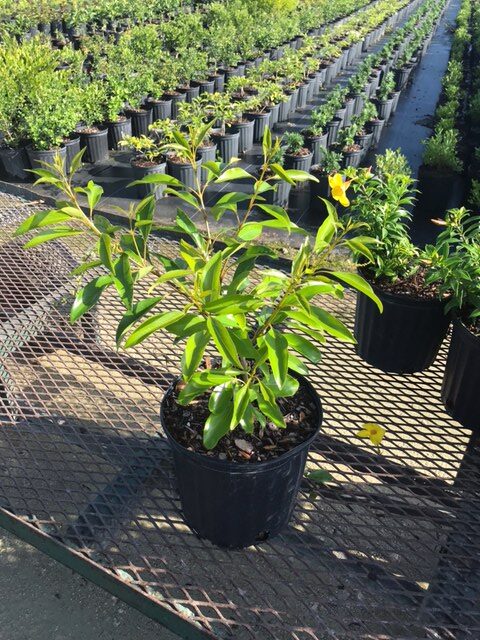

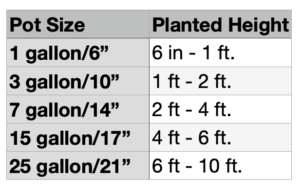
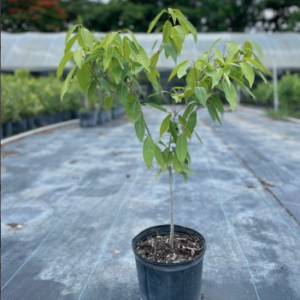
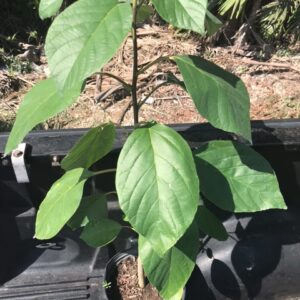
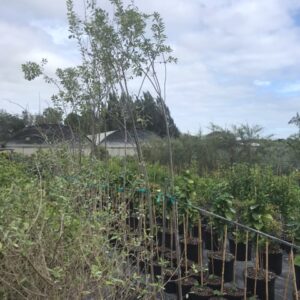
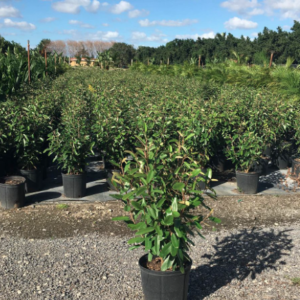
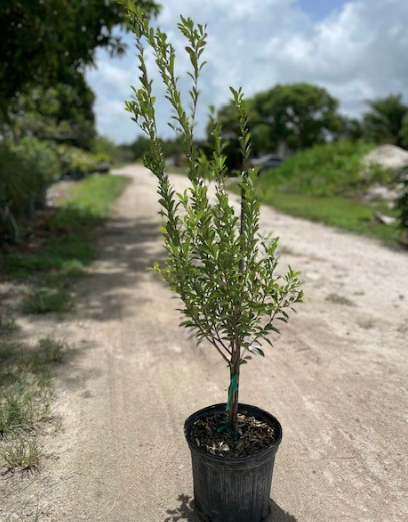
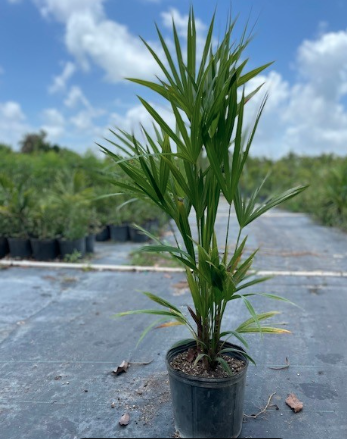
Kerry P. –
I love this native plant.
Shi Z. –
I ordered three of these plants and they are all doing very well.